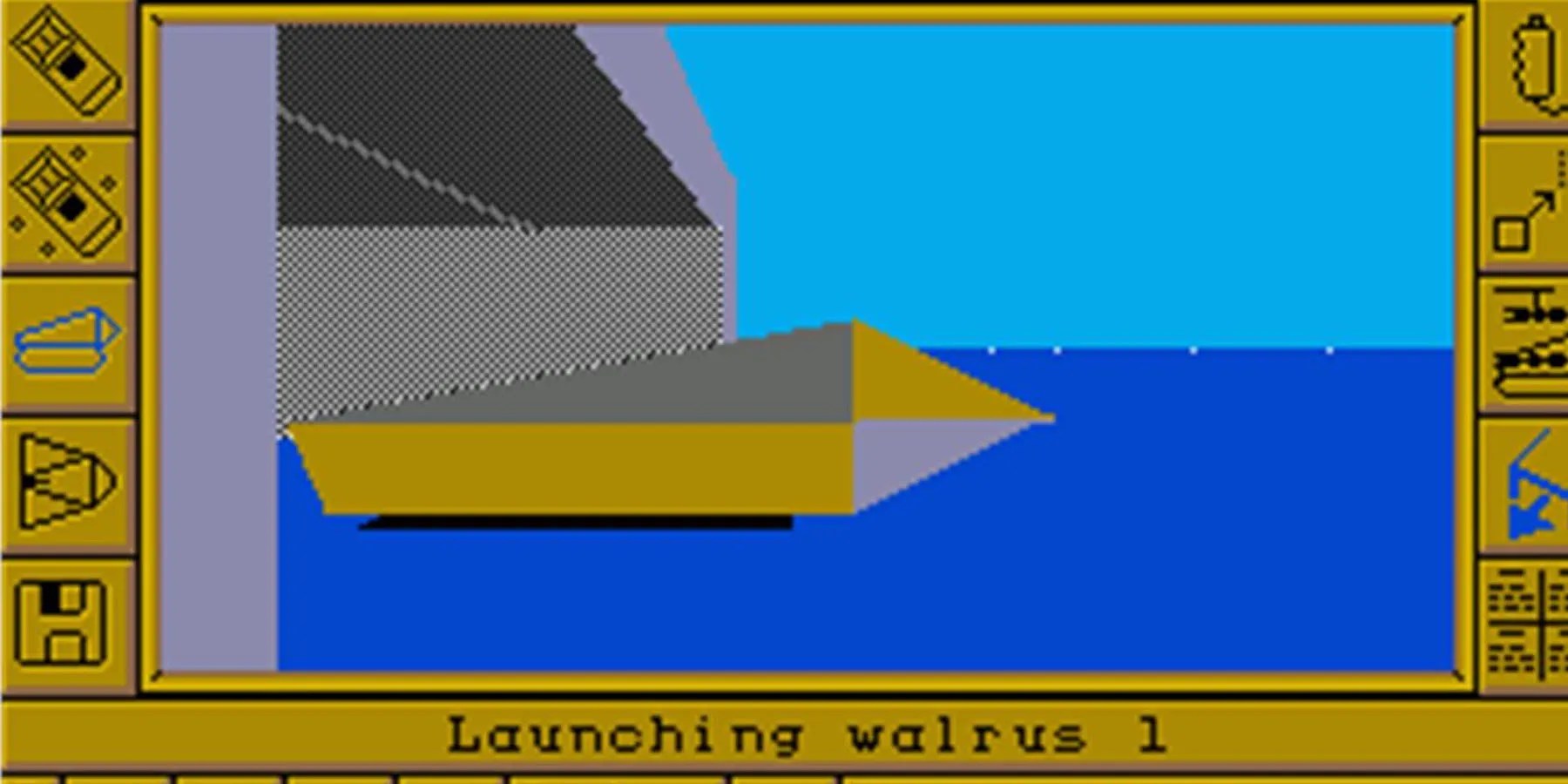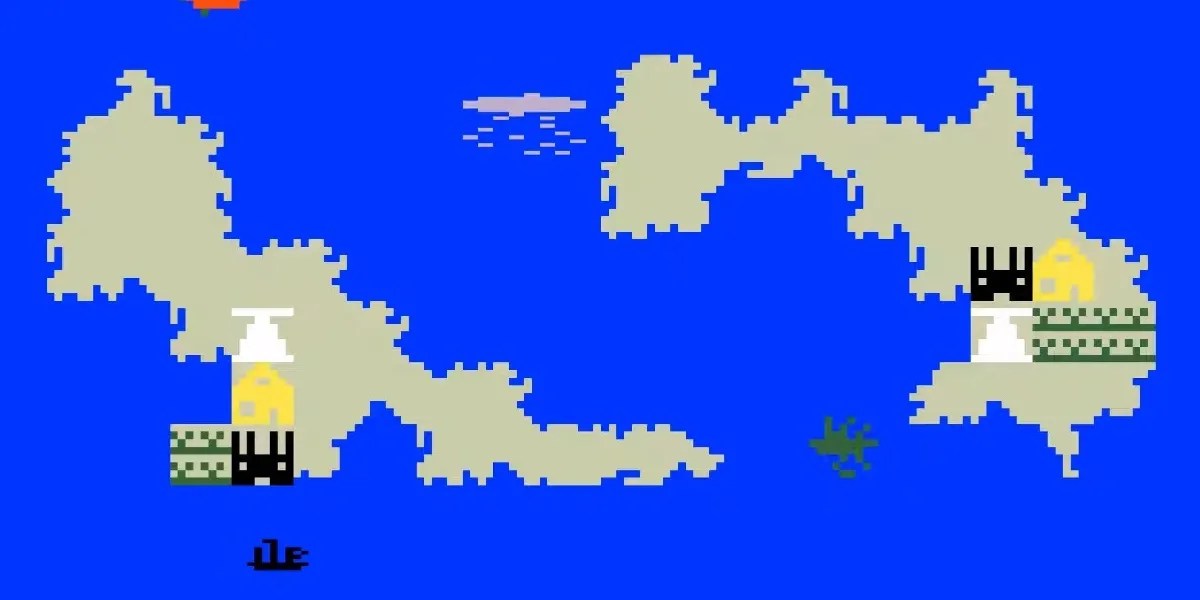Summary
Born in one ofthe most turbulent decadesin the history of video games, the RTS genre was one that followed a similar trajectory to others. Early iterations were simple, but later revisions to the genre improved the visuals and added new systems and units to manage.
That said, the early RTS games from this decade are fascinating to look at. They are still great games today, making use of limitations to create some fantastic experiences. It was a moment in time before RTS giants likeCommand & ConquerandStarCraftwould revolutionize the genre when these simplistic games of combat and planning were in their infancy.

Outside a few text-based adventure games, this game was the first based on J.R.R. Tolkien’s massively popular high-fantasy series of books to have a visual representation of Middle-earth. The franchise has gone on to inspire some of thebest games in the industry, but this early attempt at bringing Tolkien’s world to life is still quite a bit of fun.
It feels somewhat crude in comparison to whatLord of the Ringsgames would later become, but this rough approximation of Middle-earth and its large-scale battles is still engaging to play through. It has some fun battle scenes that play out from different perspectives beyond the overhead while also featuring some charming sprite work.War in Middle Earthmay pale in comparison to theLord of the Ringsgames that came later, but this first digital step into Tolkein’s fantasy world is still a charming adventure.

Published by the now-defunct Broderbund, this sequel toThe Ancient Art of Wartakes the battles from the ground to the sea. In a time when naval combat has become more immersive and realistic than ever thanks to games likeAssassin’s CreedandSea of Thieves, a game like this feels rather telling of the trends thatwould affect the industry.
Set in the 18th century,The Ancient Art of War at Seafeatures a slew of fantastic ships to control, from frigates to warships. It puts players into battle with five figures from history, including Blackbeard, Horatio, and the Duke of Sidonia. The combo of historical figures and enticing combat is wonderful, and it’s one of Broderbund’s best games.

While RTS games were beginning to expand and spread their wings,Carrier Commandwas attempting to do something that would become commonplace in the genre. Bymaking a hybrid of the RTSwith another genre,Carrier Commandwas able to mix vehicle combat with real-time strategy systems.
This mash-up of two different styles of play resulted in not only one of the best RTS games of the 80s but also one of the decade’s most unique titles. Featuring a clean visual interface and some stellar use of early 3D in the battle scenes,Carrier Commandis one of the 80’s most forgotten hidden gems of the RTS genre.

As one of the earliest incarnations of an RTS that one can find,Utopiais a game that pioneered many of the facets of the genre that would be improved and refined moving forward. Thismultiplayer battle gamepits two players against each other, with one on the left side and one on the right.
Using the resources at their disposal, the players can craft units and buildings and make use of a fun system where one can incite rebellion on the enemy’s island.Utopiawas able to build the foundation of the RTS but isn’t held up entirely by its influence or legacy. It’s still quite a bit of fun today, as the one-on-one nature of it feels remarkably engaging.

As the 80s wore on and the RTS genre was starting to become more popular and attractive for developers to make,Populouscame along and became the peak of the genre during this time. Created by the legendary Peter Molyneux,Populousis also seen as the birth of the “god game,” wherean overhead viewpoint becomesthe key for the player to influence and shape their world. It introduced a terraforming mechanic to raise and lower the landscape and a series of fun abilities like earthquakes and floods.
When used in conjunction with the tiny people on this mass of land, one that the player has a fantastic amount of control over, it becomes a highly addictive cycle that is akin to something likeCivilizationwhere time begins to slip away. All of these mechanics are used within the RTS elements to create a game that feels truly unique even today. The success ofPopulousdidn’t go unnoticed, as it led to a sequel in 1991 known asPopulous 2: Trials of the Olympian Godsand thenPopulous: The Beginningin 1998.